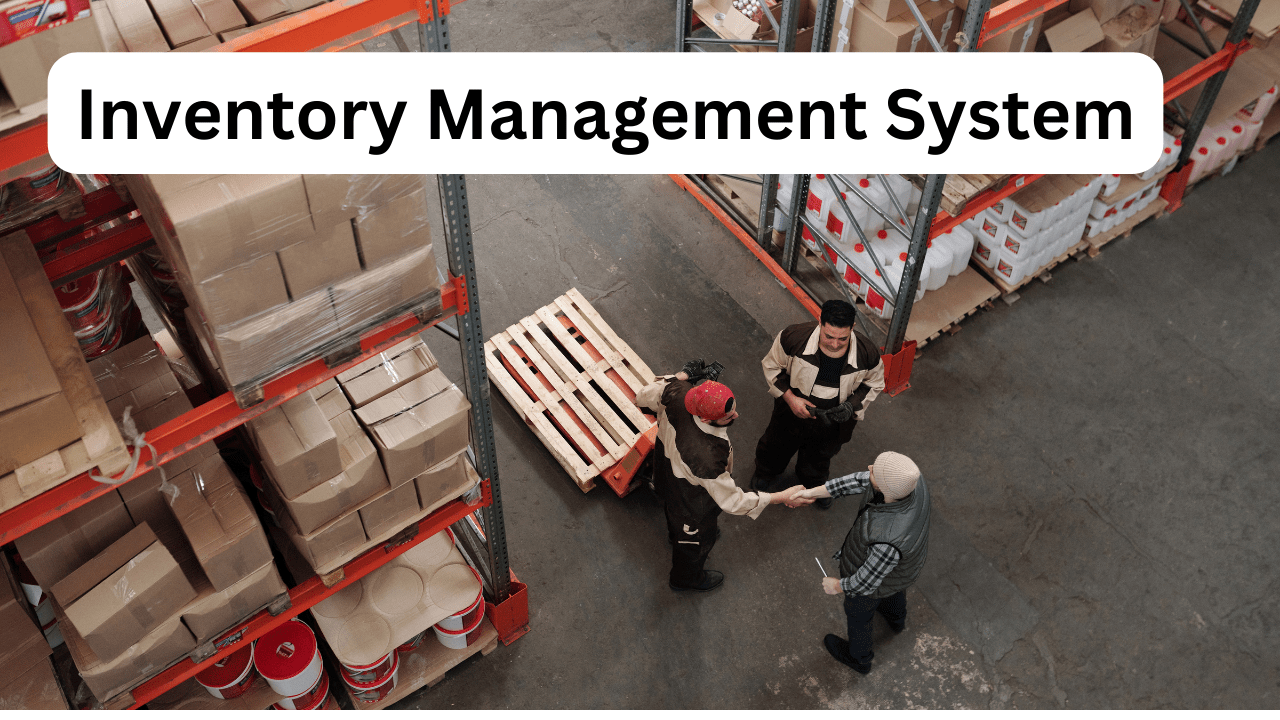Definition: Inventory Management System
Businesses use inventory management systems, which are software tools or platforms, to monitor, control, and streamline their inventory levels and procedures. These solutions are made to increase overall inventory management efficiency, reduce stockouts and overstocking, and streamline operations. In this blog, Learning Perspectives will explore inventory management.
Movie Case Study
The scene comes from the movie ‘My Big Fat Greek Wedding’. Toula Portokalos is 30 and she works in her family restaurant called Dancing Zorbas. She is complaining to her father about the inventory in the restaurant, and how they are ordering more veggies and there seems to be a lot of waste in the restaurant. She suggests that they get a computer and record inventory so that they can save and not waste food.
Toula is suggesting her father to upgrade their inventory management system, as the current system is causing a lot of waste and unnecessary ordering.
Types of Inventory Management Systems
There are several varieties of inventory management systems, each suited to a distinct industry or set of company requirements. These are a few typical kinds:
Basic inventory management systems:
They are also known as “manual systems,” relying on handwritten logs or spreadsheets for manual record-keeping. Despite being straightforward and inexpensive, they are less effective and more prone to mistakes than automated solutions.
Barcode-Based Systems:
Barcode inventory management systems track inventory items through the use of barcode scanning technology. Every item has a distinct barcode that is scanned when it comes into or goes out of the inventory. This enhances inventory tracking’s precision and effectiveness.
RFID Systems:
RFID inventory management systems track inventory items through the use of RFID tags. Compared to barcode systems, RFID tags enable for faster and more automated inventory tracking since they carry electronic information that can be read remotely using RFID readers.
Just-in-Time (JIT) Systems:
By matching inventory levels to demand, JIT inventory management systems seek to reduce the expenses associated with keeping goods on hand. There is less need for excess inventory storage because inventory is only ordered and restocked as needed.
Systems of Vendor-Managed Inventory (VMI):
Under VMI systems, the vendor or supplier oversees the amount of inventory kept at the customer’s site. The supplier keeps an eye on stock levels and restocks, when necessary, which helps optimize the supply chain and lowers the cost to the customer of keeping inventory.
Cloud-Based Systems:
These inventory management systems can be accessed online and are housed on distant servers. They provide real-time data access, scalability, and flexibility from any location with an internet connection. These solutions don’t require an initial hardware or software investment and are frequently subscription-based.
ERP:
Inventory management is one of the many company operations where enterprise resource planning (ERP) systems integrate into a single, centralized platform. They are appropriate for large-scale businesses since they include extensive capabilities for managing purchasing, sales, inventory, and other business operations.
Point of Sale (POS) Systems:
Real-time inventory tracking occurs as sales transactions take place, thanks to the integration of POS inventory management systems with retail sales systems. They support merchants with tracking sales, automating reordering procedures, and managing inventory levels.
Warehouse Management:
Systems for managing inventory in warehouses and distribution centers are known as warehouse management systems or WMS. They maximize receiving, picking, packing, and shipping activities in warehouses to increase accuracy and efficiency in inventory control.
Asset tracking systems:
High-value assets, such as machinery, cars, or tools, are tracked and managed using asset tracking systems. They support companies in keeping an eye on the location, use, and maintenance plans of their assets to maximize their productivity and reduce theft or loss.
Benefits of Inventory Management Systems
Inventory tracking:
These systems offer real-time tracking of stock locations, amounts, and movements across the supply chain. Businesses may now always see more information about their inventory thanks to this.
Order Management:
More efficient order and replenishment process management is made possible by inventory management solutions for enterprises. They can create buy orders, automate order processing, and optimize reorder points depending on lead times and demand projections.
Inventory Optimization:
Inventory management systems can assist firms in optimizing their inventory levels to lower carrying costs while guaranteeing adequate stock to satisfy consumer demand. They do this by analyzing historical data and demand patterns.
Barcode Scanning and RFID Integration:
Barcode scanning and RFID technology are widely supported by inventory management systems, making it possible to track and identify individual goods in the inventory with ease.
Integration with Accounting and Sales Systems:
Accurate inventory records and financial reporting are ensured by smooth data synchronization and interchange that is made possible by integration with accounting, sales, and other business systems.
Demand Planning and Forecasting:
To assist firms in anticipating future demand and adjusting inventory levels appropriately, advanced inventory management systems may incorporate forecasting and demand planning features.
Location:
Inventory management systems frequently provide multi-location management, which enables centralized control and visibility across all sites for companies with numerous warehouses or retail outlets.
Reporting & Analytics
To assist companies in understanding the performance of their inventory, these systems often include reporting and analytics capabilities.








